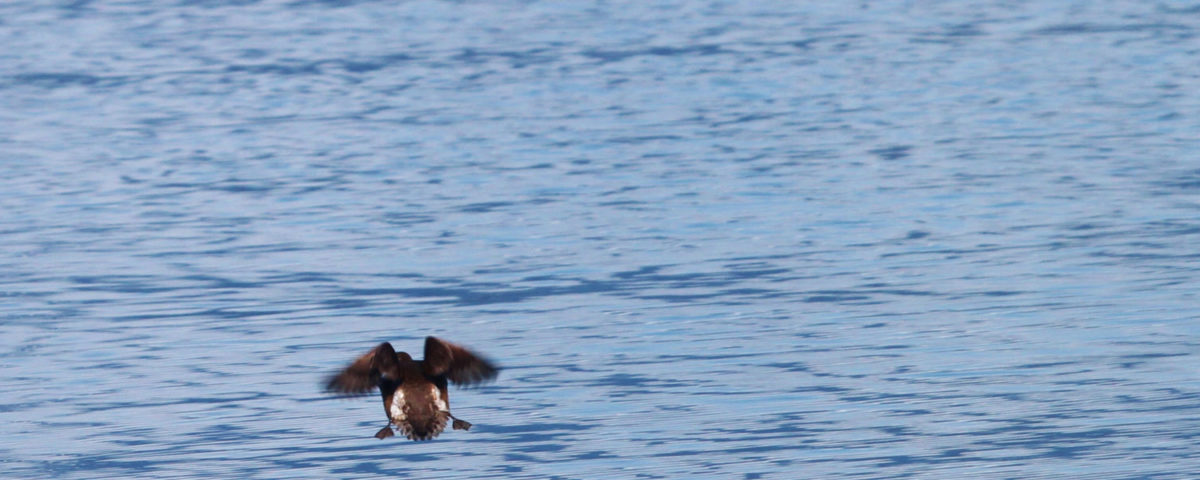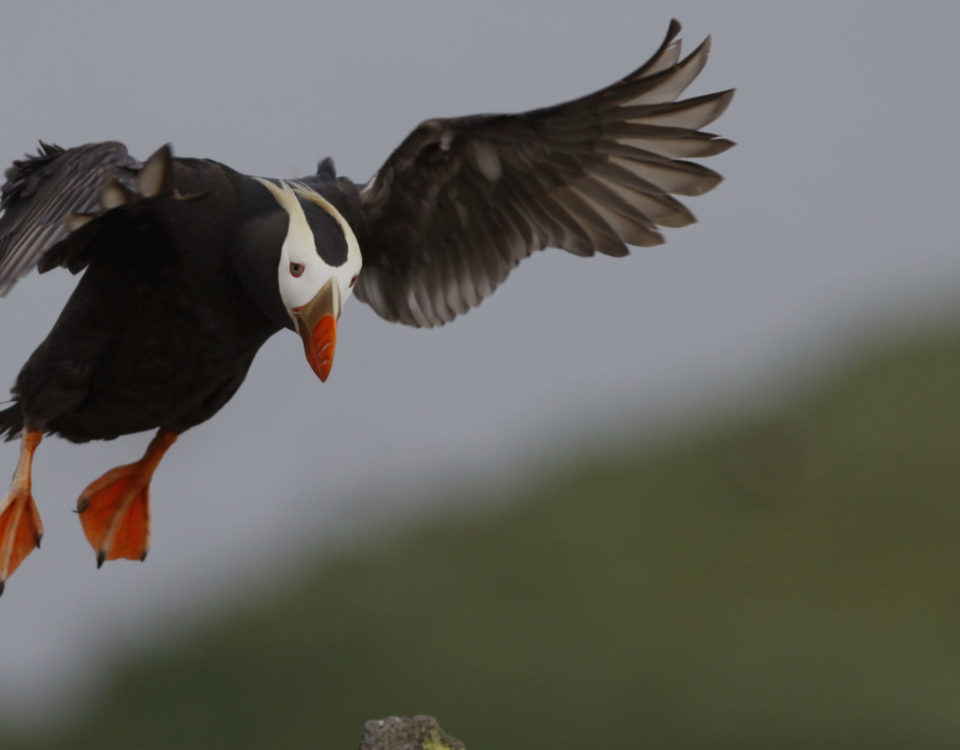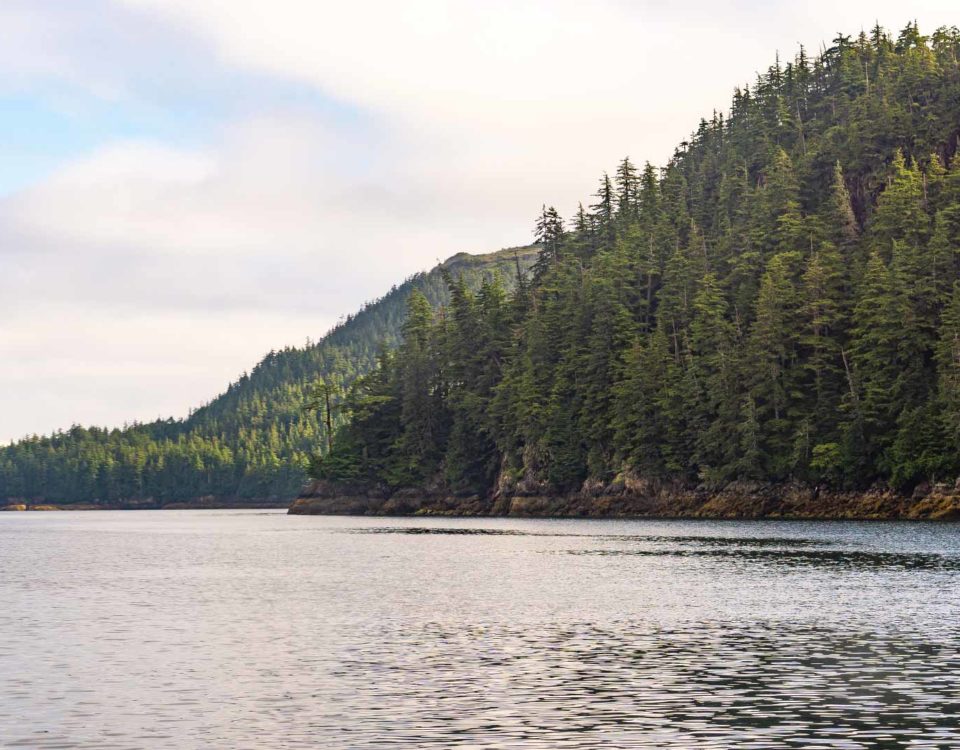Monitoring Marine Birds during Fall and Winter

PROJECT
Monitoring Marine Birds During Fall and Winter
Background
Of the seabirds that overwinter in Prince William Sound (PWS), nine species were initially injured by the Exxon Valdez oil spill, including three species that have not yet recovered or recovery status is unknown (pigeon guillemot, marbled murrelet, Kittlitz’s murrelet). The majority of seabird monitoring in areas impacted by the spill has occurred during the breeding season when food is relatively abundant. However, the non-breeding season may be a critical period for seabird survival as food tends to be relatively scarce or inaccessible, the climate more extreme, light levels and day length reduced, and water temperatures cooler. Monitoring marine birds in PWS during winter is needed to understand how post-spill ecosystem recovery and changing physical and biological factors are affecting marine bird abundance and species composition, as well as their distribution and habitat use.
The specific goals of this project are to:
- Characterize the spatial and temporal distribution of marine birds in PWS during fall and winter.
- Estimate marine bird abundance and distribution in areas with known seasonally predictable aggregations of predators and prey.
- Relate marine bird presence to prey fields identified during concurrent hydroacoustic surveys.
- Characterize marine bird-humpback whale foraging dynamics.
- Model species abundance in relation to physical and biological variables across time and space.
Methods
We conduct at-sea marine bird surveys between mid-September and March in various bays, passages, and open waters of Prince William Sound. All surveys follow established U.S. Fish and Wildlife Service protocols. Beginning in 2017 and occurring annually each fall, we participate in an integrated predator-prey survey involving marine bird surveys concurrent with hydroacoustic forage fish surveys and humpback whale surveys. From 2021-2023, we conducted marine bird mammal surveys in and around the tanker escort zone in Prince William Sound during March.
What we will learn
This project will provide information on the fall and winter ecology of marine bird species injured by the oil spill and will help determine marine bird vulnerability to future perturbations and environmental change. Our participation in the integrated predator-prey surveys will allow us to identify and estimate the forage fish and euphausiid biomass simultaneously and in the same locations where marine birds and humpback whales are feeding. Because marine birds and whales are important predators of herring and other forage fish, these surveys will provide key data for population models of herring in PWS.
The surveys in and around the tanker escort zone will help determine marine bird vulnerability to anthropogenic disturbances, such as an oil spill, and help identify priority areas for protection. In addition, the data from these surveys could be used to update oil spill response planning tools and refine response efforts in and around the tanker lane during the non-breeding season.
This project began in 2007 with co-principal investigators Drs. Mary Anne Bishop and Katherine Kuletz. From 2012-2021, this research project was part of the EVOSTC-funded Gulf Watch Alaska Pelagic Component under the direction of Dr. Bishop. Beginning in 2022, the integrated predator-prey surveys were continued within Gulf Watch Alaska. The surveys in and around the tanker escort zone were funded by the Prince William Sound Regional Citizens’ Advisory Council.
PRINCIPAL INVESTIGATOR
Mary Anne Bishop, Ph.D.
PWS Science Center
mbishop@pwssc.org
Anne Schaefer
PWS Science Center
aschaefer@pwssc.org
RESEARCH PERIOD
2017-Present
FUNDING
Exxon Valdez Oil Spill Trustee Council
PWS Regional Citizens’ Advisory Council




